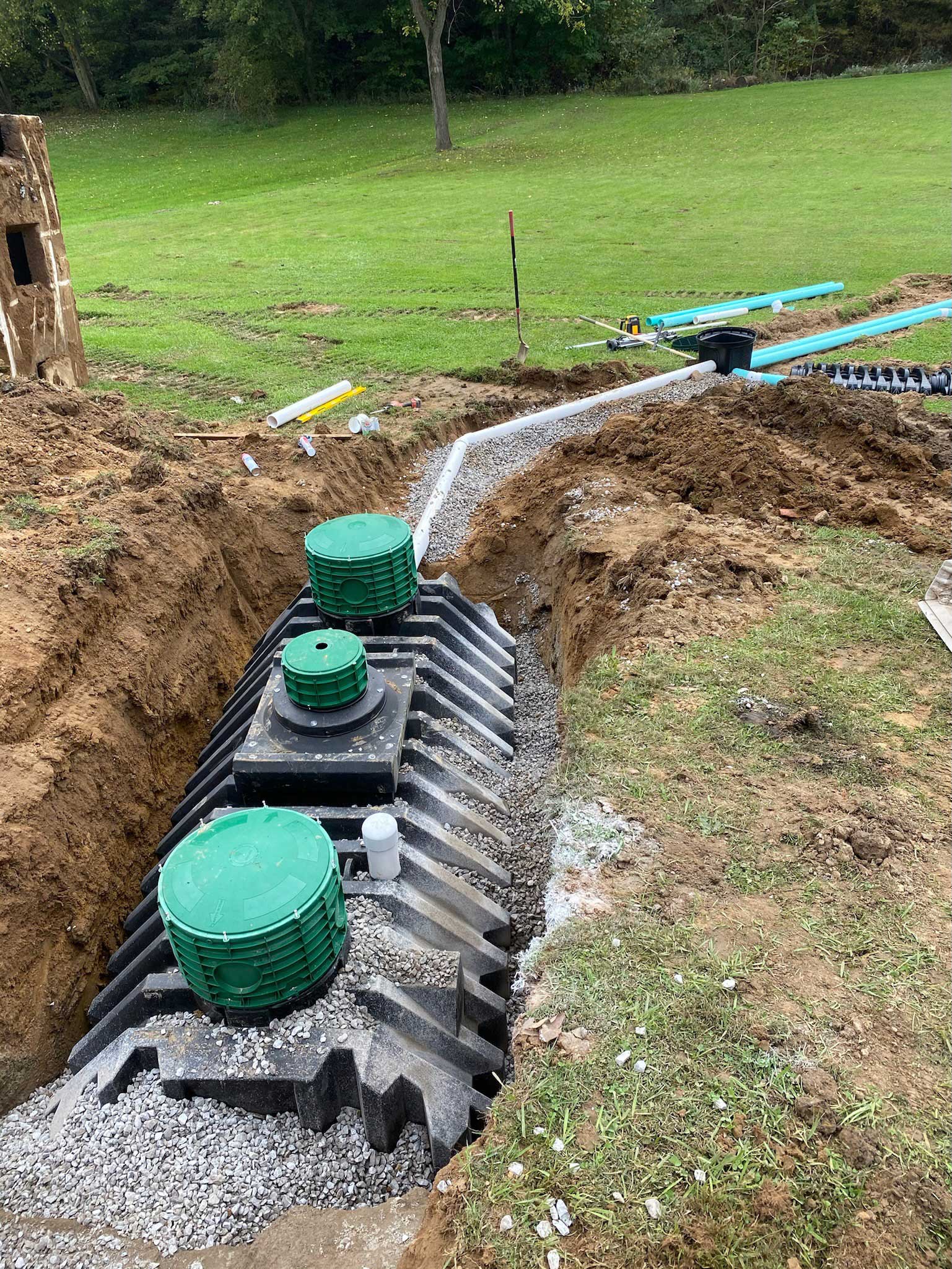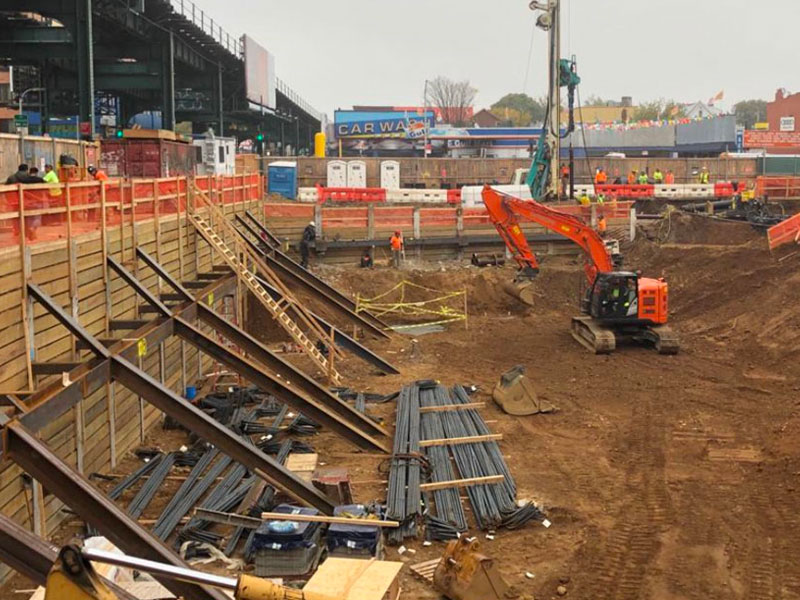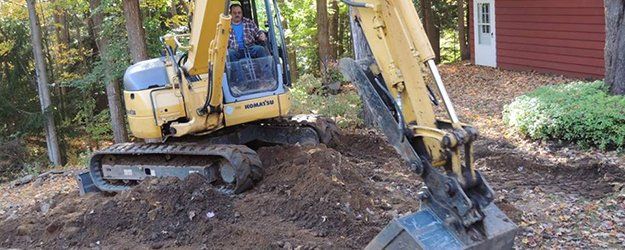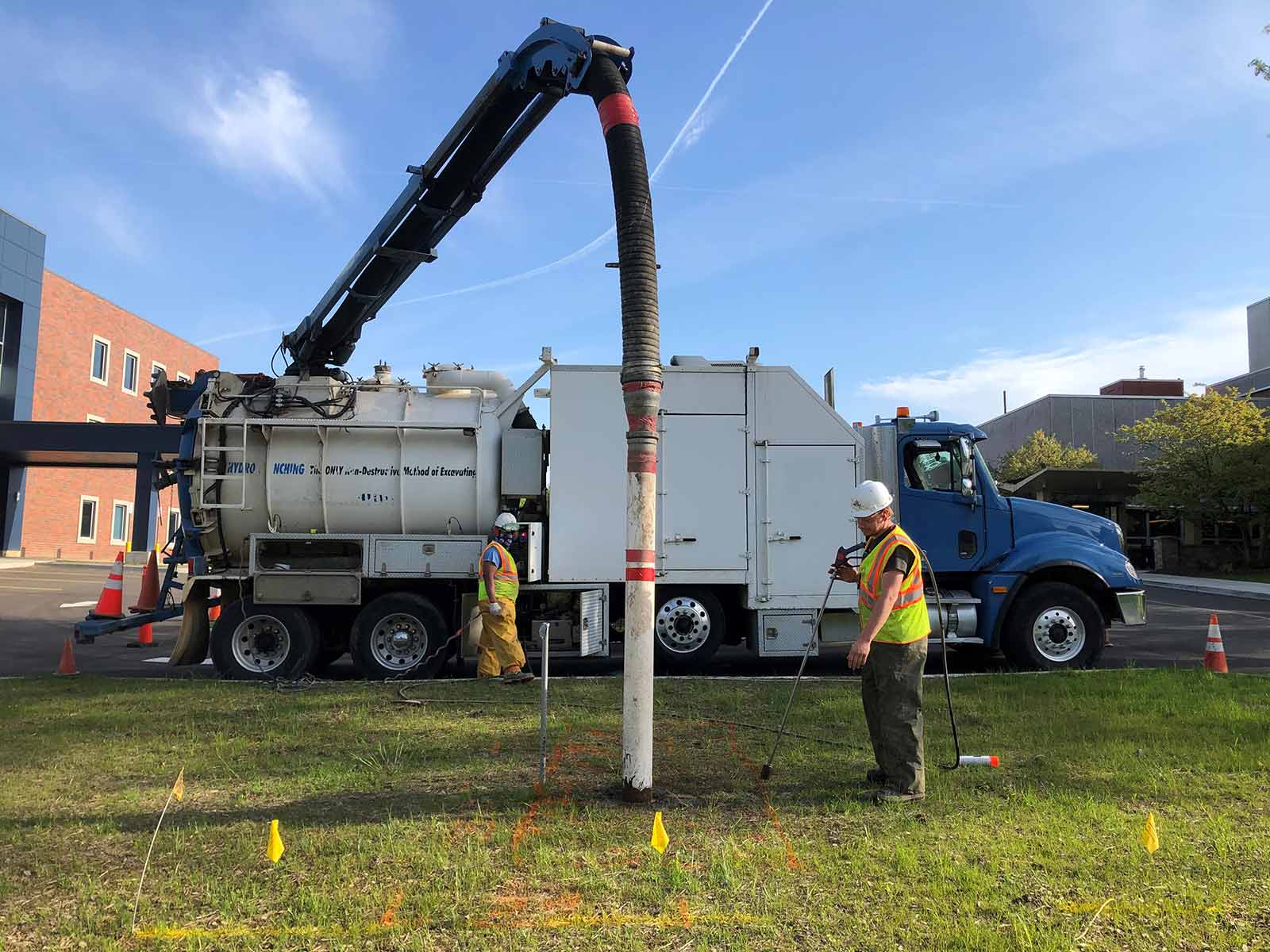Lancaster Excavation - Expert Excavation Solutions in Lancaster, OH
Wiki Article
Comprehensive Excavation Strategies: Grasping the Basics for Success
In the realm of building and civil engineering, the value of reliable excavation techniques can not be overemphasized. The careful preparation, accurate implementation, and thorough attention to detail needed in excavation tasks demand a detailed technique that incorporates different fundamental elements. From preliminary dirt evaluation to the execution of security actions and normal progress monitoring, mastering these core elements is necessary for accomplishing success in any excavation undertaking. The true proficiency exists not simply in comprehending these principles however in effortlessly integrating them to browse the intricacies of excavation jobs with finesse.Comprehending Excavation Job Planning

The preliminary phase of any type of excavation task is the preparation phase, where vital choices are made that can significantly affect the outcome of the project. Comprehending the task timeline, budget plan, and range constraints is essential for producing a thorough excavation strategy that makes sure the job's success.
One secret facet of excavation task preparation is the advancement of an in-depth timeline that details the series of target dates, tasks, and landmarks. This timeline works as a roadmap for the project group, permitting them to track development and make needed modifications to ensure the project stays on timetable. In addition, a distinct budget plan that accounts for all expenditures, including tools service, labor costs, and products, is essential for staying clear of cost overruns and hold-ups. By very carefully thinking about all these factors during the planning stage, excavation projects can be carried out efficiently and properly, resulting in effective results.
Soil Evaluation and Website Analysis
Carrying out detailed soil analysis and site examination is a vital action in the prep work stage of any kind of excavation task. Dirt analysis involves identifying the structure, framework, and residential properties of the soil at the excavation site. This information is important for recognizing the dirt's bearing ability, dampness web content, and potential for disintegration, which are vital consider identifying the excavation techniques and devices needed for the job.Website analysis exceeds dirt analysis and includes a wider evaluation of the general site conditions. This examination consists of recognizing any kind of prospective risks, such as below ground energies, environmental problems, or unpredictable surface, that might impact the excavation process. By extensively evaluating the site, job managers can develop reliable excavation methods that focus on safety, performance, and environmental management.
Utilizing sophisticated modern technologies like ground-penetrating radar, dirt sampling, and drone studies can improve the accuracy and effectiveness of soil evaluation and website assessment. Spending time and resources in these initial steps can ultimately conserve time and avoid pricey delays or issues throughout the excavation procedure.
Equipment Selection and Usage
Reliable excavation jobs count heavily on strategic equipment selection and utilization to make sure optimal efficiency and productivity. Picking the appropriate tools for the job is crucial in taking full advantage of performance and lessening downtime. Factors such as the sort of dirt, depth of excavation, and job extent play a considerable duty in identifying the most ideal devices for the job at hand.
Along with picking the appropriate equipment, correct application is vital to task success. Operators has to be educated to take care of the tools securely and efficiently - excavating ohio. Regular upkeep checks and prompt fixings aid stop malfunctions and make sure constant performance throughout the task
Safety Steps and Regulations Conformity
In the world of excavation projects, focusing on precaution and compliance with laws is vital to guaranteeing a protected and legally audio functional environment. Safety steps encompass a series of methods, including performing thorough website assessments, applying correct signs and obstacles, and supplying adequate security training for all personnel involved in the excavation process. Adherence to regulations, such as OSHA demands in the United States, makes sure that the excavation task satisfies the necessary requirements to protect employees, spectators, and the surrounding atmosphere.
Tracking Progress and Adjusting Strategies
Exactly how can predict supervisors effectively track the innovation of excavation jobs and adjust their techniques appropriately to optimize outcomes? Tracking progression is vital for making certain that excavation jobs remain on track and meet due dates.
Conclusion
In conclusion, understanding the basics of comprehensive excavation methods is necessary for the success of any job. By comprehending task planning, assessing soil and website problems, choosing appropriate tools, adhering to safety and security policies, and checking progress, task managers can make sure a smooth and efficient excavation procedure. Applying these techniques will certainly lead to effective end results and reduce prospective threats or problems throughout the excavation project.
The preliminary stage of any excavation job is the planning stage, where essential decisions are made that can substantially impact the end result of the project. Comprehending the task spending plan, timeline, and scope restrictions is critical for creating an extensive excavation plan that makes sure the project's success.
Exactly how can forecast supervisors properly track the advancement of excavation projects and adapt their methods accordingly to enhance outcomes? By closely checking development and being eager to adjust strategies, project supervisors can enhance the overall success of excavation projects.
By understanding project preparation, analyzing soil and website problems, picking ideal tools, complying with security policies, and keeping track of development, project managers can make certain a smooth and effective excavation process.
Report this wiki page